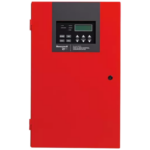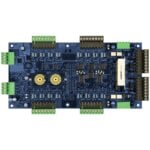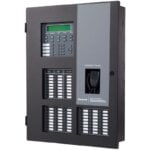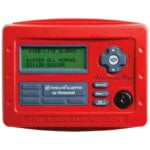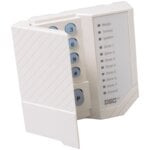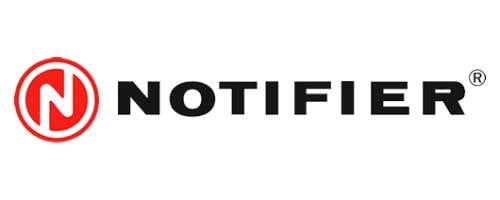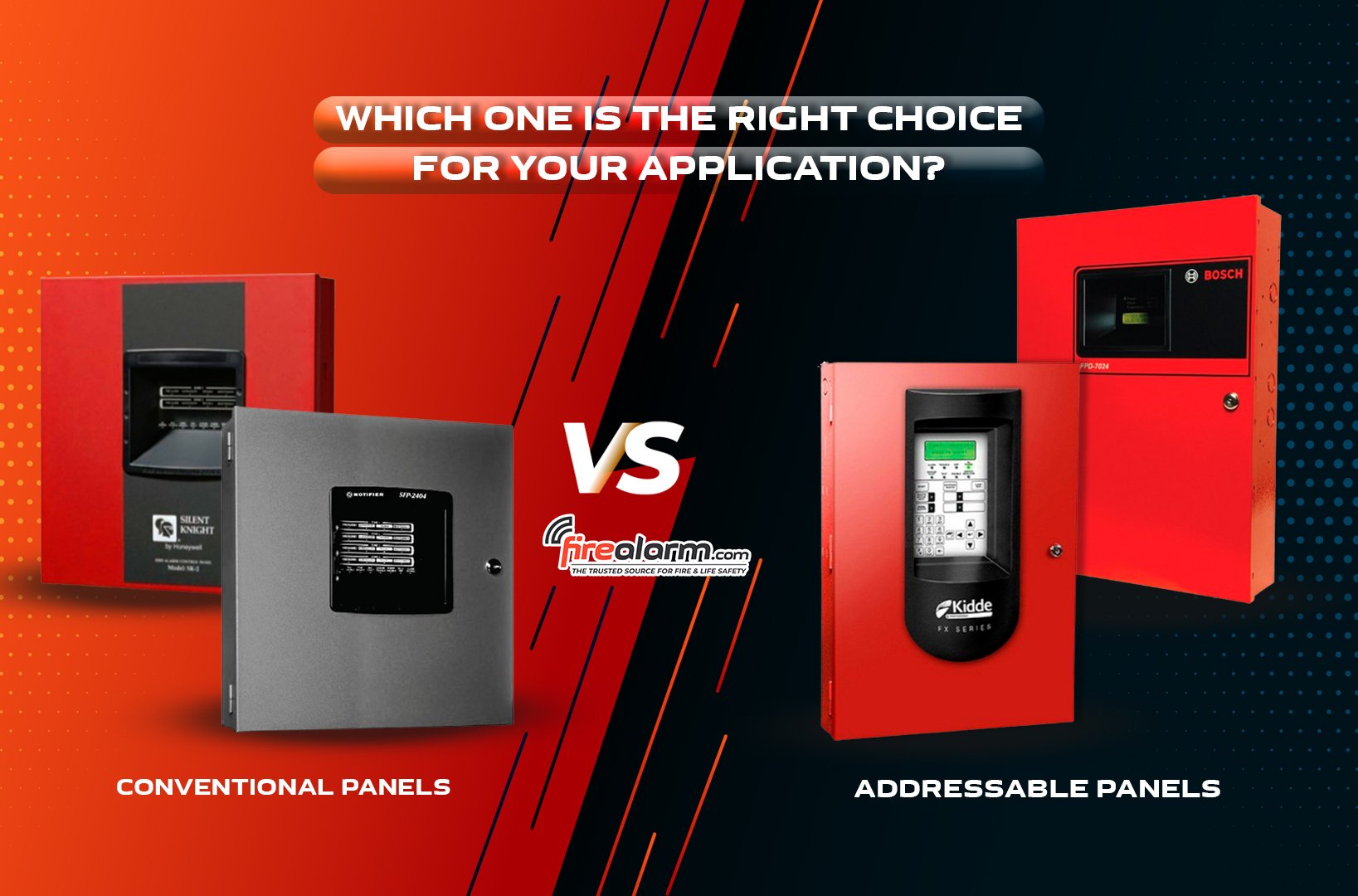Control Panels
Stay ahead of potential threats with our advanced fire alarm control panels. Engineered for maximum reliability, our systems provide quick detection and precise monitoring to safeguard your property. From supervision to integrated safety features, we offer comprehensive solutions tailored to your needs. Don’t compromise on safety—secure your peace of mind with our cutting-edge technology and take advantage of exclusive offers for new customers!
Top Selling Control Panels
$832.00
$334.99
$1,900.00
$815.00
$2,104.00
Customer Buyer's Guide
What Is a Control Panel?
The fire alarm control panel (FACP) is the brain of your fire alarm system. It sends information to and from almost every part of your fire alarm system, including your detectors, notification devices, suppression devices, supervisory devices, and integrated systems. Certain control panels have specialized functionality, such as voice evacuation capabilities, suppression release systems, and power extenders.
Control Panel Types
Addressable: Addressable fire alarm control panels operate using a signaling line circuit, (SLC) and store the exact location of every addressable device.
Conventional: Conventional fire alarm control panels connect with devices over an initiating device circuit (IDC) and operate over larger zones, rather than storing the location of individual devices.
Hybrid Panels: Some advanced or hybrid panels offer more flexible configurations, or may include modules that may interface with different types of devices.
Compatible Devices
Device Type: Some panels may only support specific types of devices based on their function or power requirements. This may include smoke detectors, heat detectors, pull stations, notification appliances, releasing systems and more.
Wiring Configuration: Whether or not the control panel supports two-wire or four-wire devices. Some control panels may support both over different circuits.
Sync Protocol: If you are wondering if a notification device is supported by your control panel, first ensure that they are compatible with the same sync protocol. This will allow proper synchronization of your devices, as required by the NFPA 72.

